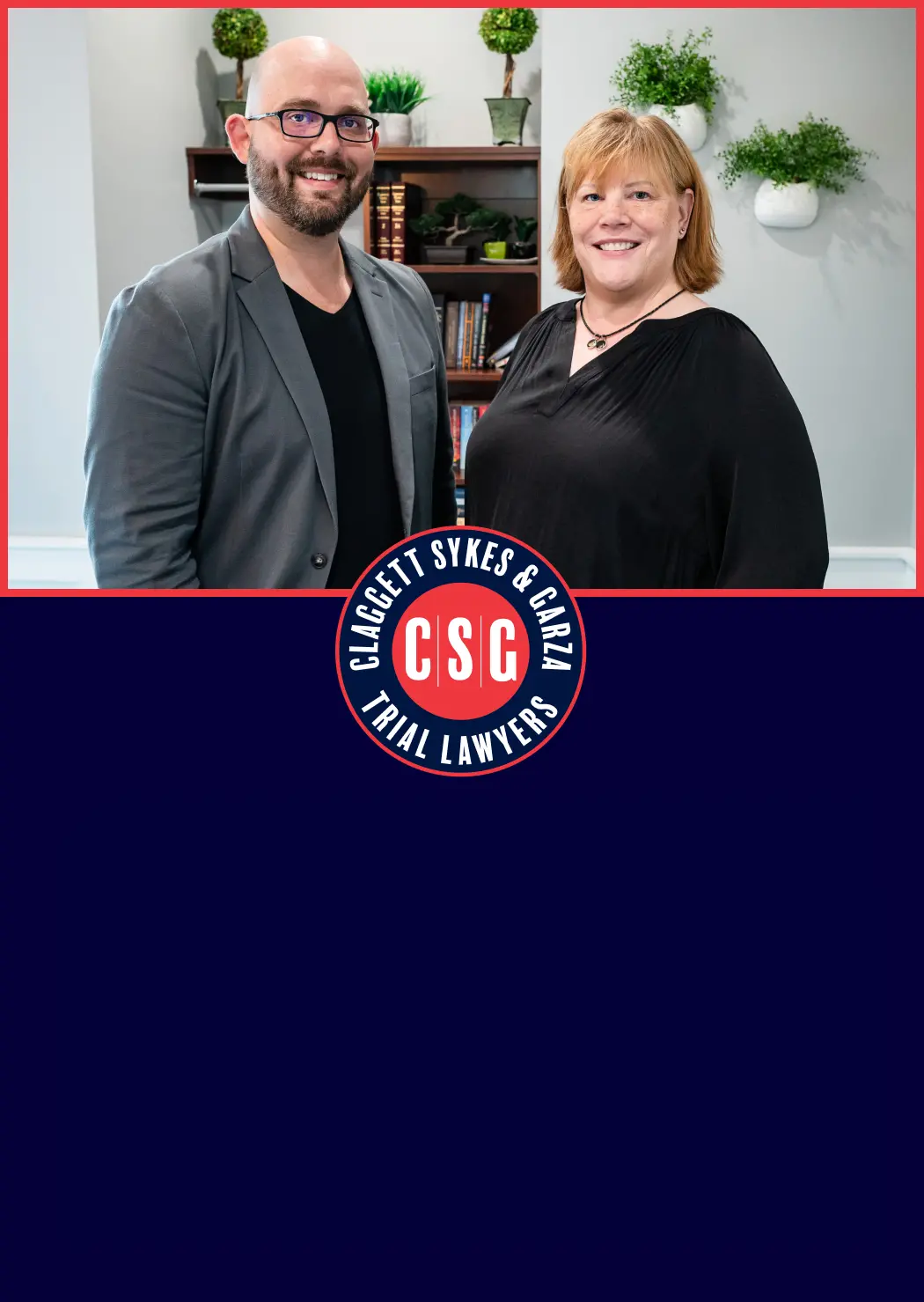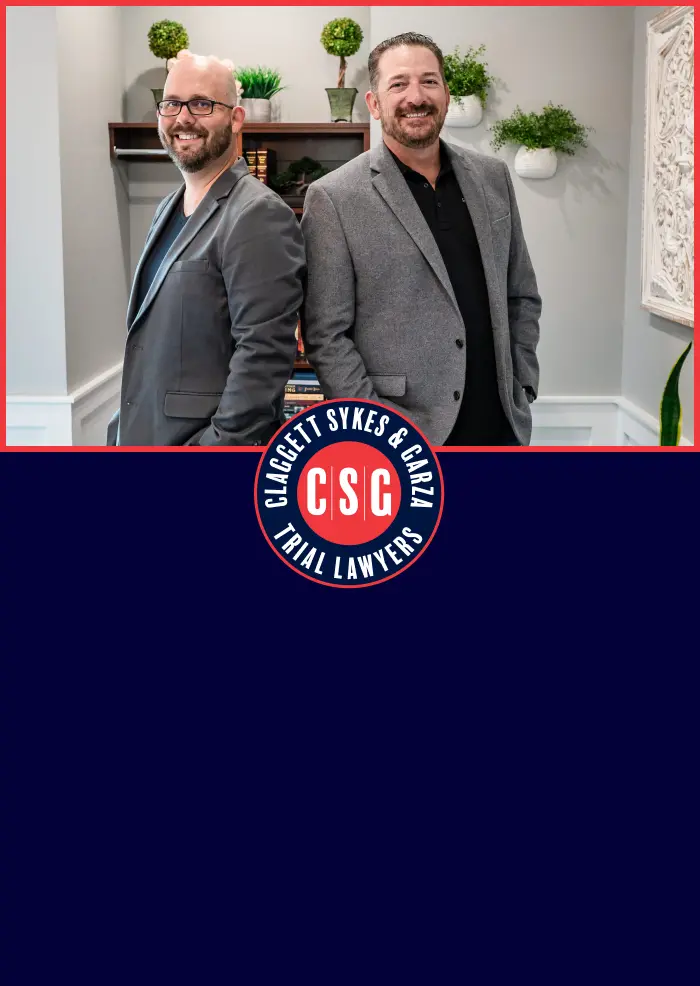Most people have not filed a lawsuit in their lifetime and might not know what to expect. If you suffered injuries after a medical procedure or visit, you might have questions about the process of a Manchester medical malpractice case. By calling a trustworthy medical malpractice attorney, you could let them take the lead in assembling the case while you focus on recovery.
Outline of a Malpractice Claim
The first thing a person should do after suffering harm is immediately contact a personal injury attorney who handles medical malpractice cases so the statute of limitations is preserved. This also allows for them to secure a good faith letter as quickly as possible.
A large part of the process involves obtaining medical records and images, talking to the patient and their family members, learning what public records may be available, and then having it reviewed by an expert.
A number of factors go into determining whether a case is settled or goes to litigation, including the claim’s viability, whether or not the hospital accepts liability for it, and even the amount of damages that are in question. If the plaintiff has enough evidence to prove negligence, it might be wise to reject a settlement offer and try to win a larger award through litigation. The overall process of a local malpractice claim tends to be the same no matter the specific circumstances of the incident in question.

Injured in an Accident?
Get the Compensation You Deserve. Our Experienced Lawyers Can Help.
What is the Process of Filing a Claim?
The plaintiff will first need to put the hospital on notice through a letter. They will then need to get a certificate of good faith which must be attached to a complaint, at which point a lawsuit can be filed. The complaint must outline:
- The harms that they have suffered
- The person(s) who caused this harm
- The alleged deviations from the standard of care
- The damages they have incurred as a result
The claims must include the name of the doctor, the date of treatment, the malpractice that was committed, and a certificate of good faith which must be from a similarly situated healthcare provider, as dictated under Connecticut law.
The plaintiff will review the claim to ensure accuracy and completeness but will generally not be involved in the filing process. A lawyer could help by answering the questions that the family has, making sure their rights are protected, and serving as advocate for the patient.
What is the Biggest Mistake a Patient Makes in Their Case?
The most common mistake that a patient makes is that they do not seek the advice of a lawyer as quickly as possible, and the statute of limitations runs on these claims. It can take months, sometimes a year, to vet these cases. Unlike in a car accident case, the plaintiff needs a certificate of good faith from an expert in order to file, which can be time-consuming. The medical malpractice case process in Manchester has additional hurdles to clear compared to other civil lawsuits.

Suffered a Personal Injury?
Let Us Fight for Your Rights and Maximize Your Compensation.
Gathering Evidence
Before filing a claim, an attorney should secure all the relevant medical records. If the patient was treated in multiple places then they will have to request records from multiple practices and doctors. Generally, the only complicating factor is about some prior medical history that the defense might exploit to try and deflect blame. It could take months and sometimes years to get all of this information. If a provider fears that they committed malpractice, they might be reluctant to turn over the records and will stall the process.
These records must be signed and be admissible into a court of law or agreed to be admitted by the defense counsel. In rare cases it might be necessary to subpoena a recordkeeper to court.

Injured Due to Negligence?
Experienced Personal Injury Lawyers Ready to Assist You.
Let an Attorney Guide You Through the Process of a Manchester Malpractice Case
With a lawyer at your side, you do not need to worry about the daily ins and outs of the civil claims procedure. However, you do need to act quickly so that you do not miss the statute of limitations. Contact a legal advocate to explain the process of a Manchester medical malpractice case and work to get you the compensation that you need.

